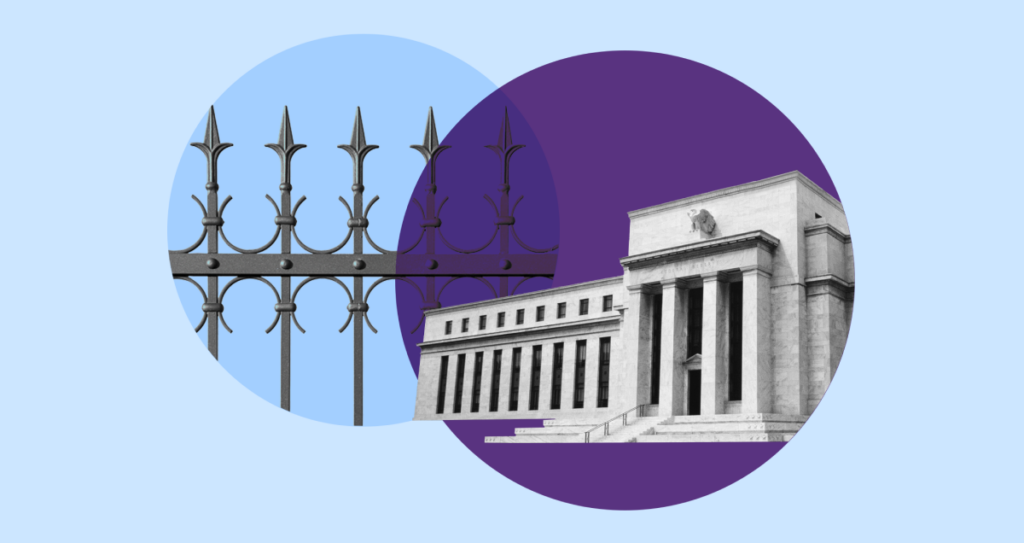The future of finance isn’t completely centralised or decentralised, it’s hybrid
By David E. RutterNovember 18, 2021

But let’s not get ahead of ourselves. The idea that DeFi is ready to replace the existing, centralised or traditional financial system, or ‘CeFi’, is wildly overstated, especially at a time when governments are increasingly favourable to regulated financial markets and institutions. The disruption that DeFi promises will simply not ...
Already a subscriber? Log In
Read Next:

April 25, 2024
Regulated Liability Network: can the financial world ‘live as one’?
RLN will redefine digital marketplaces of the future, says R3’s Kate Karimson
Read more
